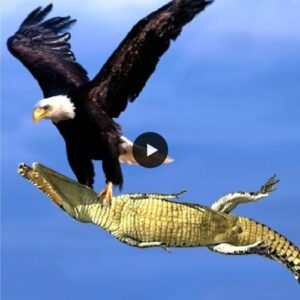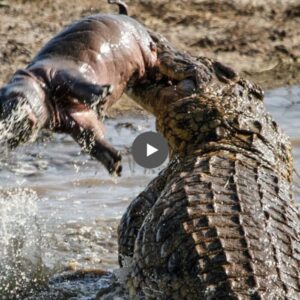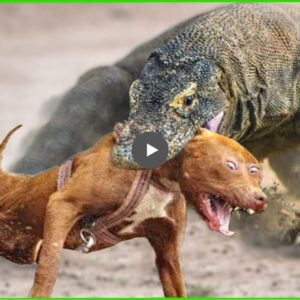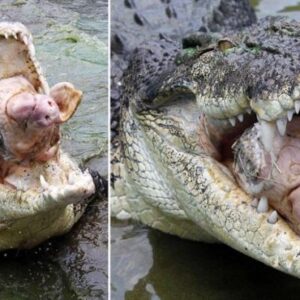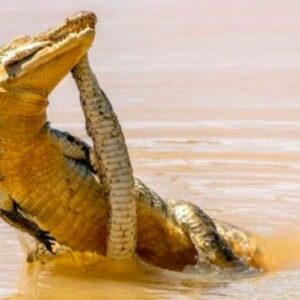King cobras are one of the most dangerous and fascinating snakes in the world. Known for their length and deadly venom, these reptiles are feared by many. Recently, a photo of a golden giant king cobra from Kalimantan has gone viral, captivating snake enthusiasts and sparking curiosity about this impressive creature.

The golden giant king cobra is a subspecies of the king cobra (Ophiophagus hannah), which is native to Southeast Asia. It is named for its distinctive golden color, which makes it stand out from other king cobras. These snakes are also known for their impressive size, with some specimens reaching lengths of up to 18 feet (5.5 meters).

What makes the golden giant king cobra so fascinating is not just its size and color, but also its behavior. King cobras are known for their ability to take down prey much larger than themselves. They are also capable of standing up and flattening their necks, a behavior known as hooding, to intimidate potential threats.

Despite their reputation as deadly predators, king cobras are also important to the ecosystem. As top predators, they help to control the populations of other animals, including rodents and other snakes.
However, these snakes are also threatened by habitat loss, poaching, and human encroachment. The golden giant king cobra, in particular, is listed as a protected species in Indonesia due to its rarity and beauty.

If you encounter a king cobra in the wild, it is important to exercise caution and give the snake a wide berth. These snakes are highly venomous and can be aggressive if they feel threatened. If you are bitten by a king cobra, seek medical attention immediately.
In conclusion, the golden giant king cobra from Kalimantan is a magnificent and fascinating creature. Its distinctive golden color, impressive size, and deadly reputation make it a sight to behold for snake enthusiasts around the world. While these snakes should be respected for their power and potential danger, they also play an important role in the ecosystem and deserve protection from threats like habitat loss and poaching.


